Feeding Tube Placement (PEG) Specialist In Singapore With 20 Years Experience
- Percutaneous endoscopic gastrostomy (PEG) is a procedure to insert a feeding tube into the stomach via the abdomen in order to supply nutrition or medications directly into the stomach.
- It is an effective and safe way to provide nutrition to the body for people with swallowing difficulties.
Dr Kenneth Koo has extensive experience in treating gastrointestinal conditions in adults, with extensive training in feeding tube placement.

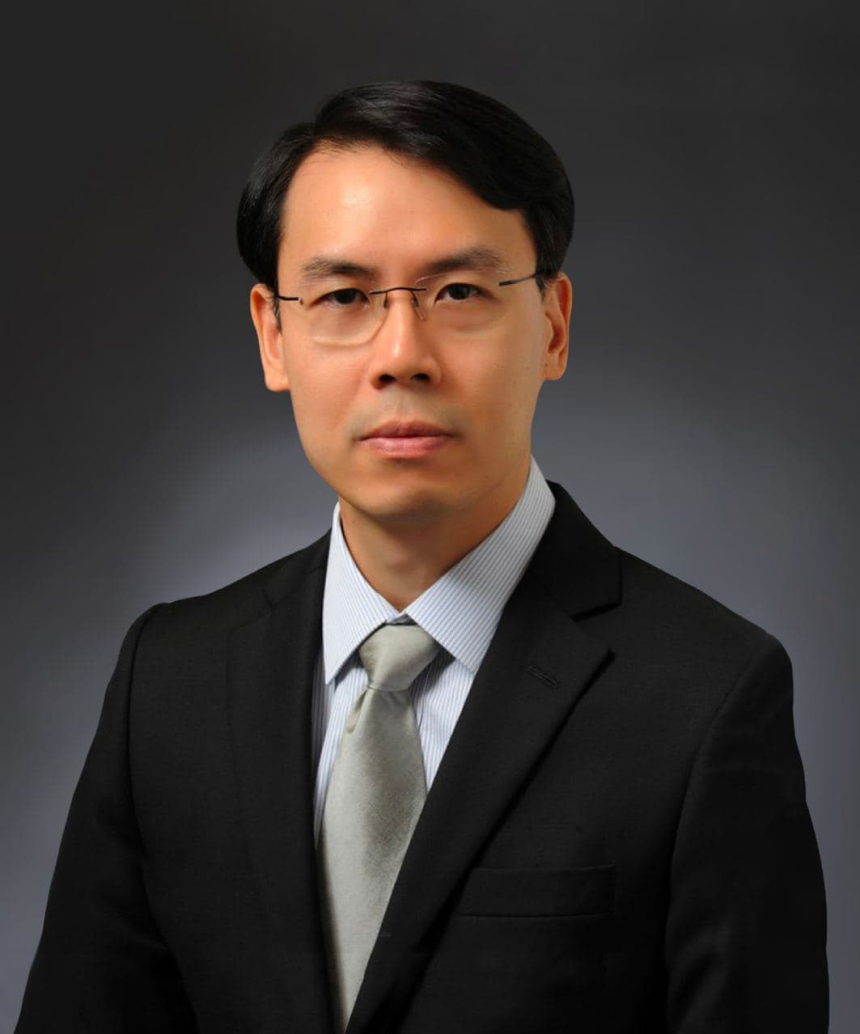
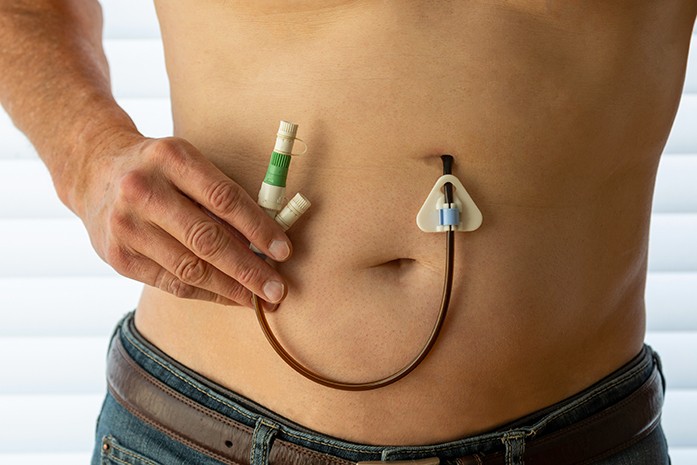
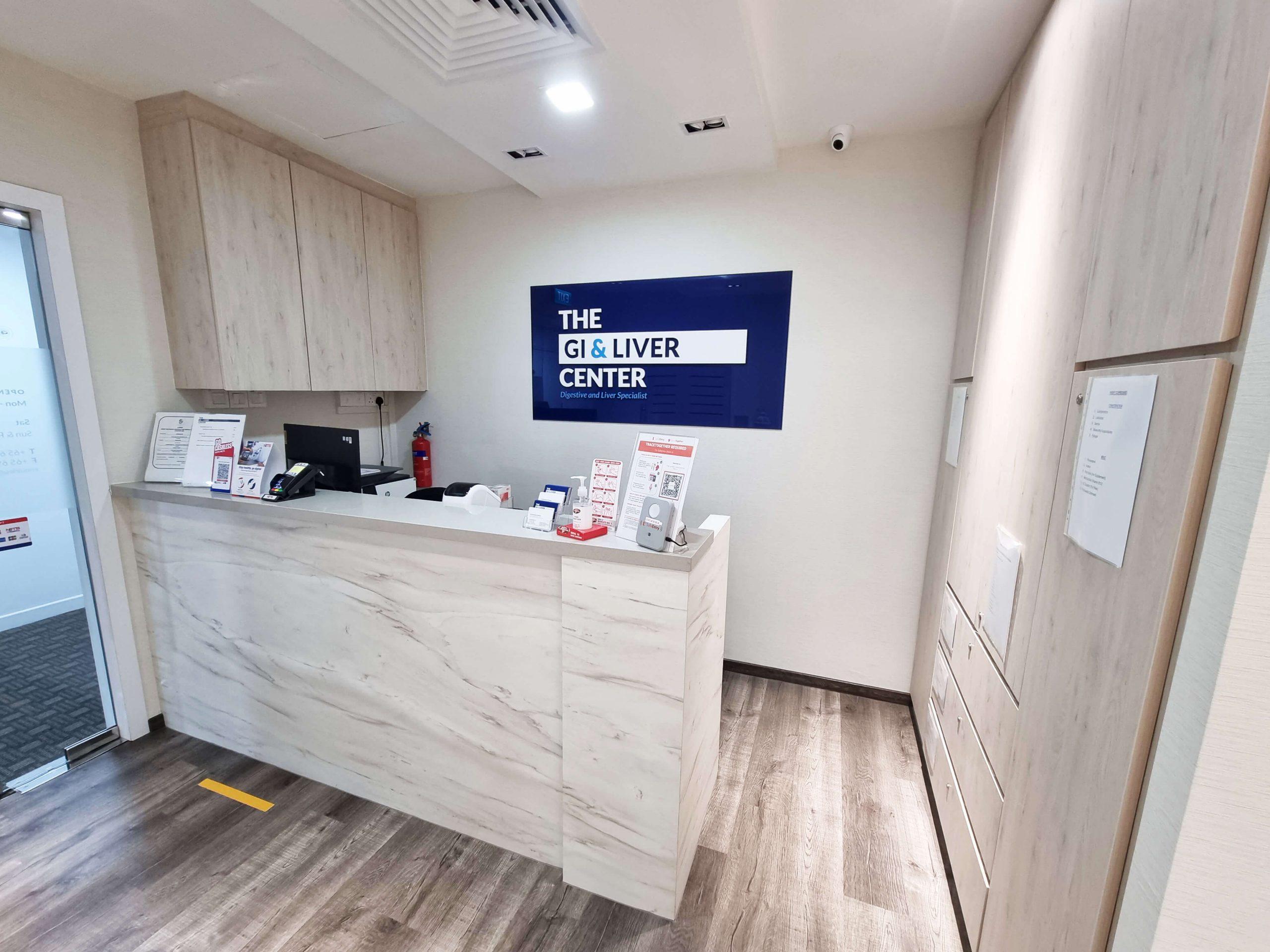
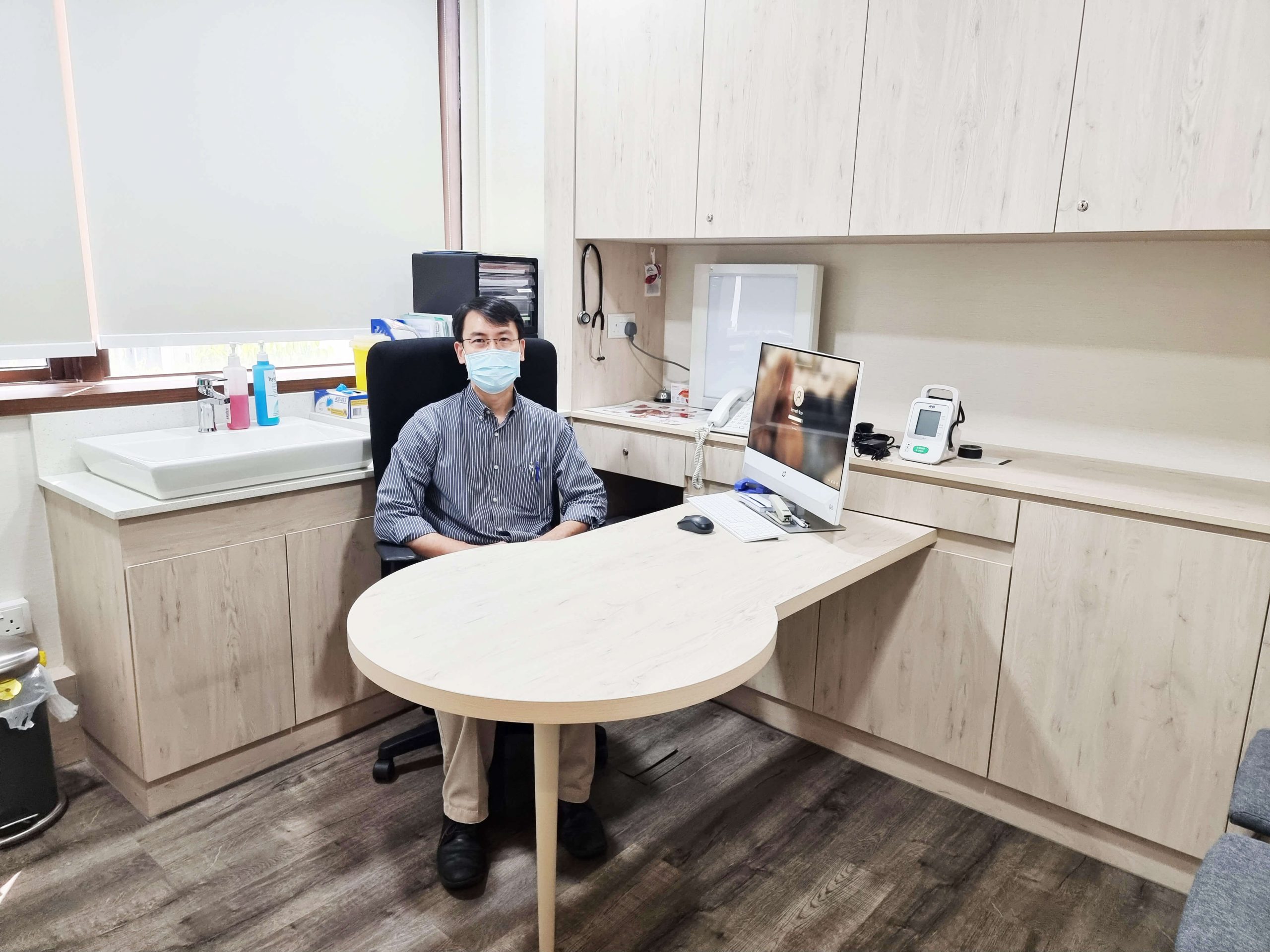
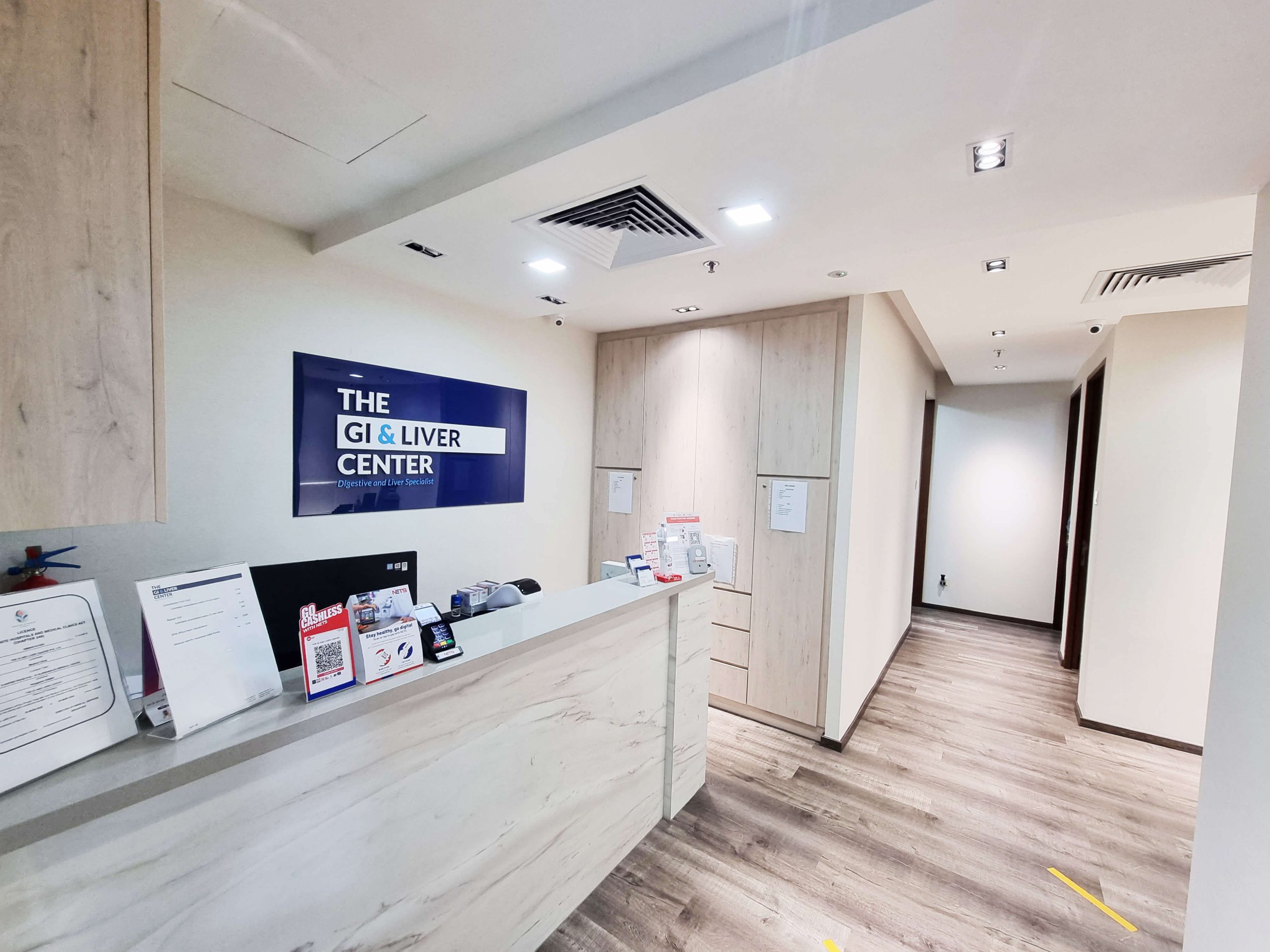
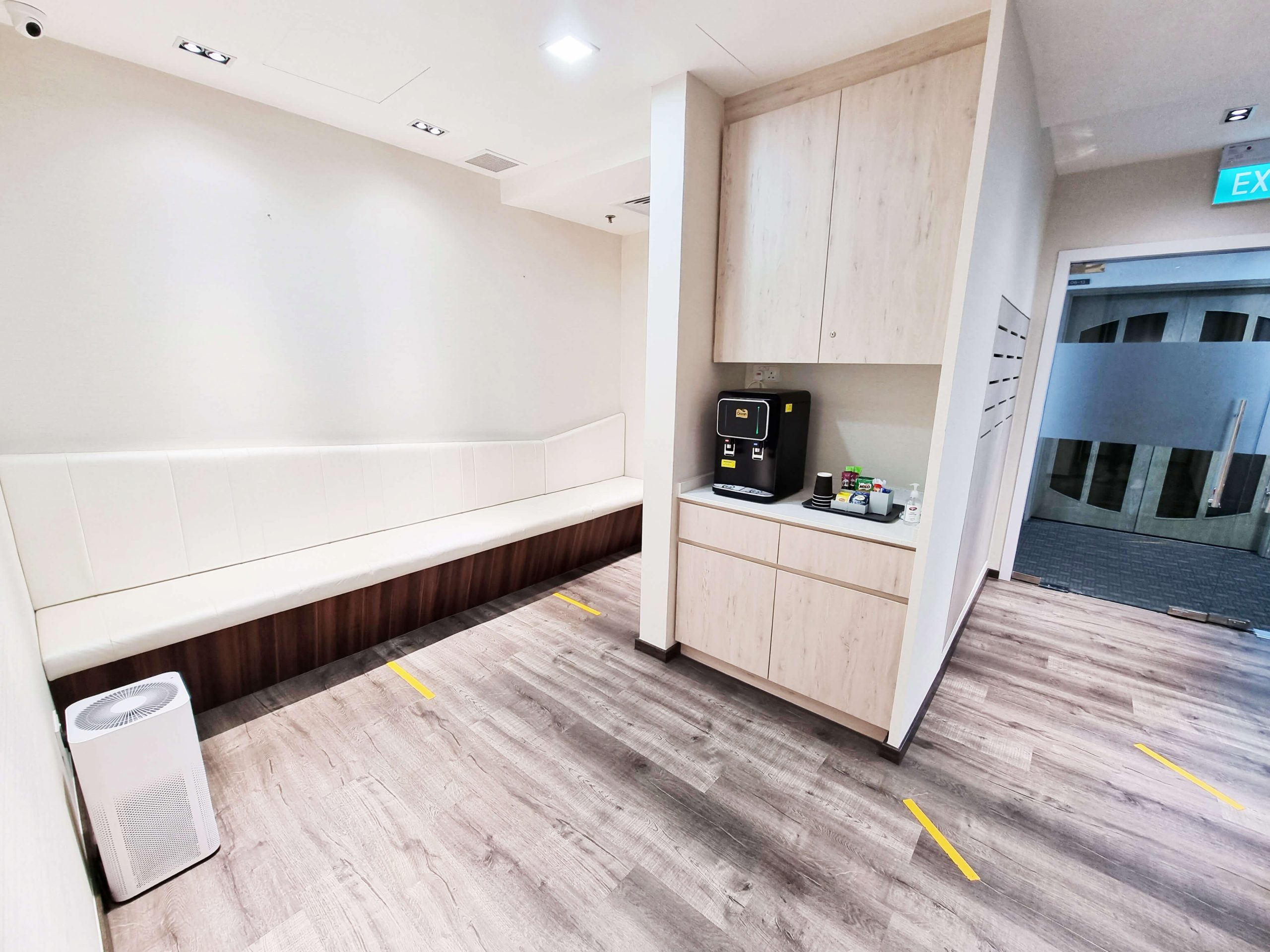
.png)

